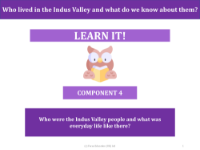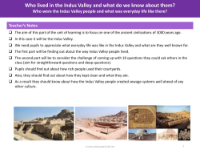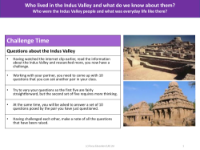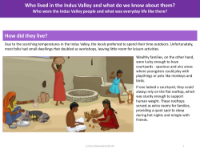Additional Facts about the Indus Valley and people who lived there - Indus Valley - Year 4
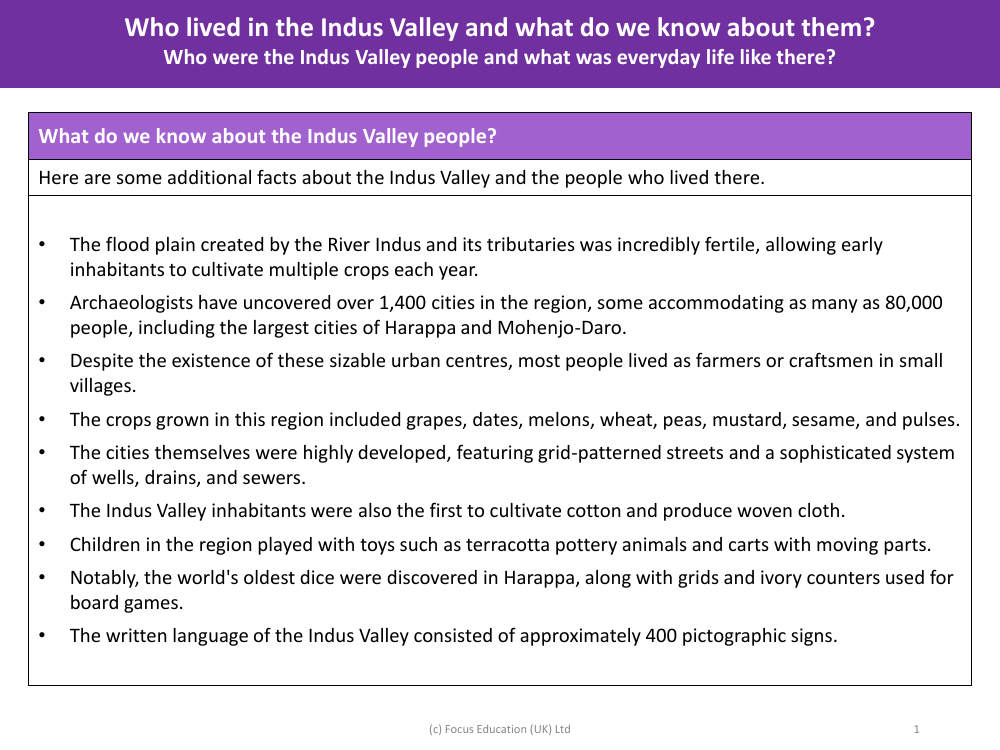
History Resource Description
The Indus Valley civilisation, which thrived in what is now modern-day Pakistan and northwest India, was home to a people known for their impressive agricultural practices and urban planning. The fertile flood plains of the River Indus and its tributaries supported the cultivation of various crops, allowing the inhabitants to harvest multiple yields annually. Essential crops included wheat, peas, and sesame, as well as fruits like grapes, dates, and melons. While archaeologists have discovered over 1,400 cities in the region, with some as populous as 80,000 residents, the majority of the Indus Valley people lived as farmers or craftsmen in smaller villages scattered across the countryside.
The urban centres of the Indus Valley, such as Harappa and Mohenjo-Daro, were marvels of ancient urban design, featuring well-organised grid-patterned streets and an advanced infrastructure complete with wells, drains, and sewers. These cities are a testament to the civilisation's ingenuity, particularly in their distinction as the pioneers of cotton cultivation and the production of woven textiles. The people of the Indus Valley also enjoyed leisure activities, with children playing with terracotta animal figurines and carts with moving parts. Evidence of the oldest known dice, along with game grids and ivory counters, suggests that board games were a popular pastime. The civilisation also developed a complex written language, comprising around 400 pictographic signs, the full understanding of which still eludes modern scholars.


